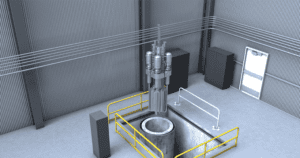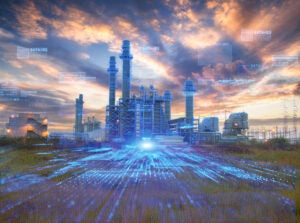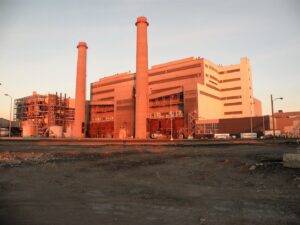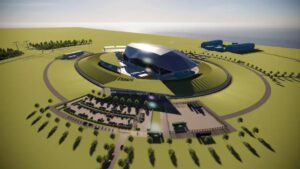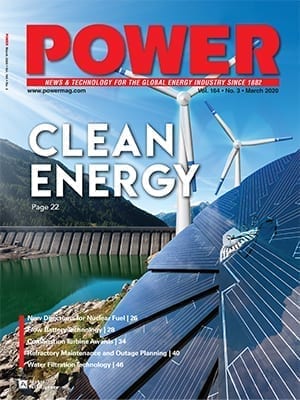Authors:
L.G. Velazques-Vargas, D.J. DeVault, T.J. Flynn, and T. Siengchum
Babcock & Wilcox Power Generation Group, Inc. (Barberton, Ohio, U.S.A.)
L. Zeng, A. Tong, S. Bayham, and L.-S. Fan
The Ohio State University (Columbus, Ohio, U.S.A.)
Presented to:
3rd International Conference on Chemical Looping (2014, Sweden)
Abstract
Babcock & Wilcox Power Generation Group, Inc. (B&W PGG), in collaboration with The Ohio State University (OSU), has performed a techno-economic analysis of a commercial 550 MWe iron-based Coal-Direct Chemical Looping (CDCL) power plant. The CDCL process consists of a unique moving bed reactor, namely the reducer, where coal is fully converted using iron oxide-based oxygen carrier particles. In the reducer, the oxygen carrier is reduced from Fe2O3 to a mixture of FeO and Fe. The conversion of coal generates a stream of carbon dioxide (CO2) that can be sequestered. The reduced oxygen carrier particles leaving the reducer are then oxidized back to Fe2O3 using air in the combustor reactor. The oxygen carrier oxidation reaction liberates heat that is used to produce steam for the supercritical Rankine cycle. The CDCL process has shown the potential for lower capital and operating costs as compared to first generation carbon capture technologies such as amine-based solvent systems. Based on the results of the techno-economic evaluation, B&W PGG projects that the CDCL process will achieve 96.5% CO2 capture with a 28.8% increase in the cost of electricity when compared to a supercritical pulverized coal (PC)-fired power plant with no CO2 capture. In this study, the advancement in the design of the CDCL process along with the latest experimental data on the 25 kWth pilot plant is presented. The results from the techno-economic study on a commercial CDCL plant are also discussed.

